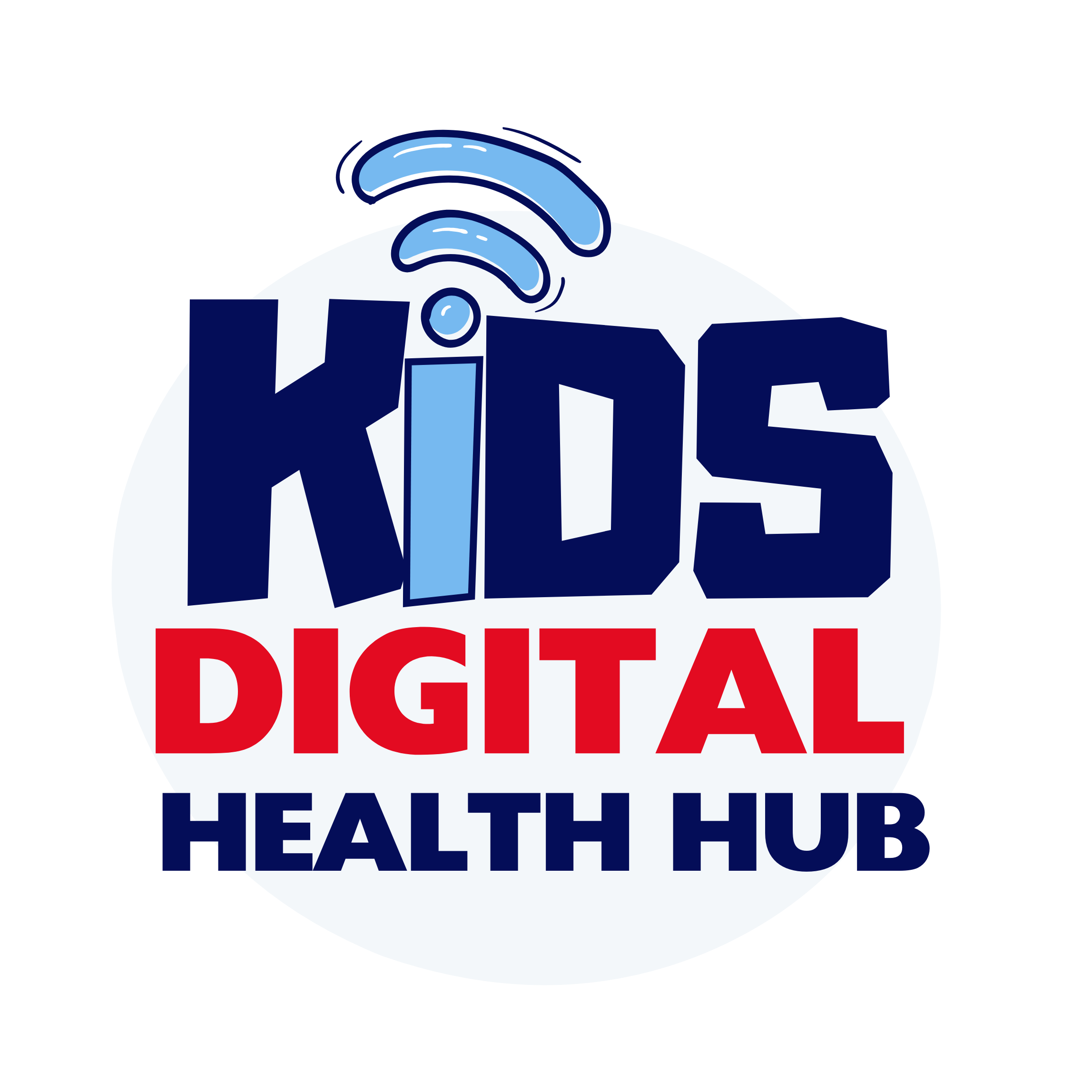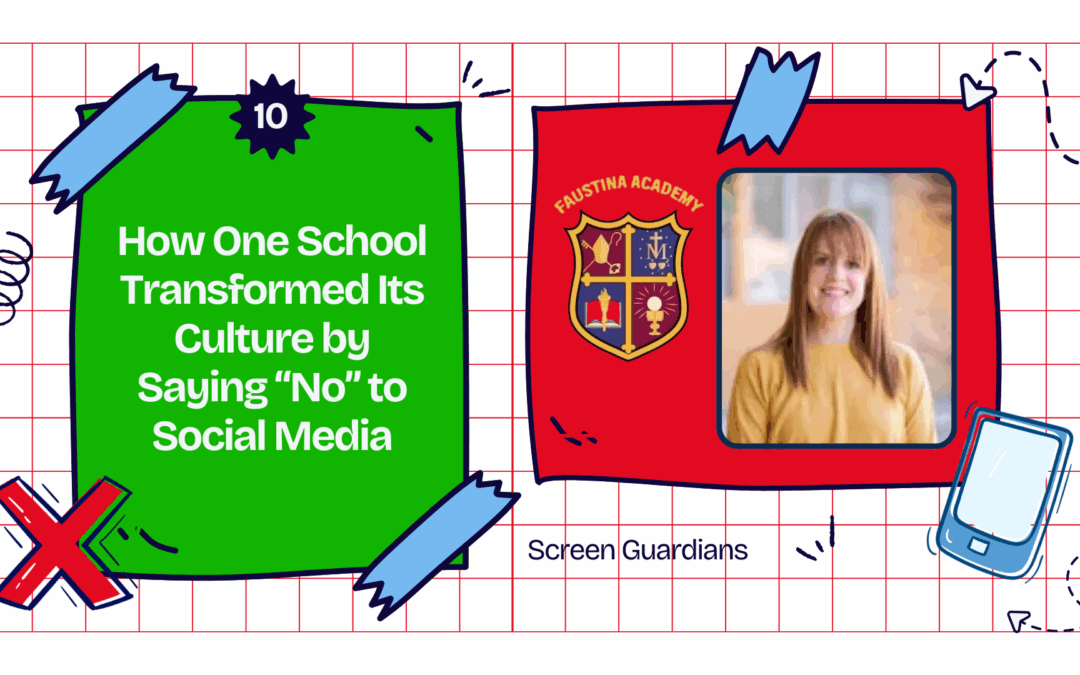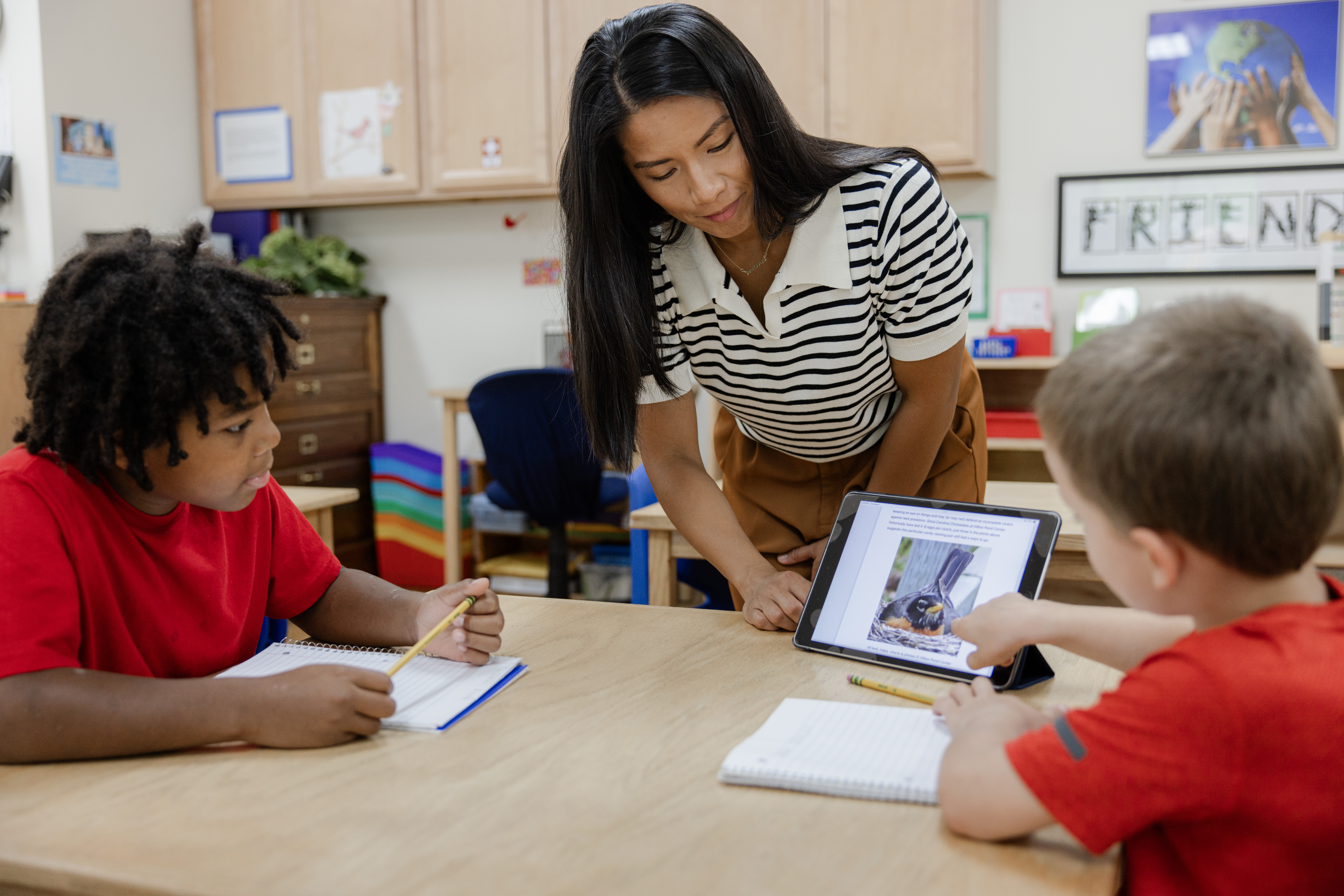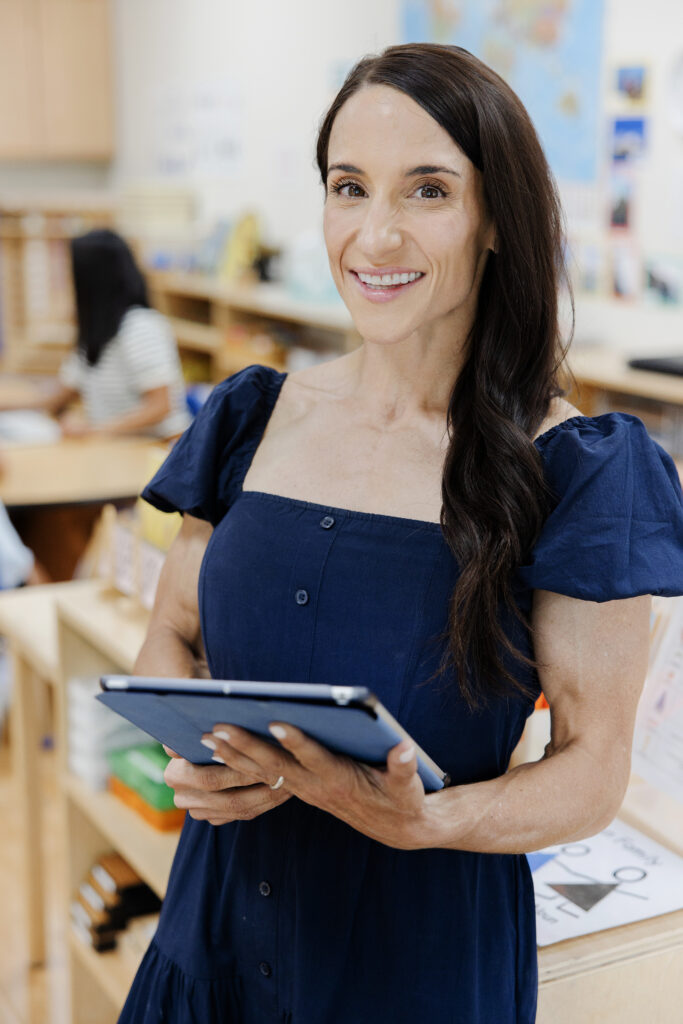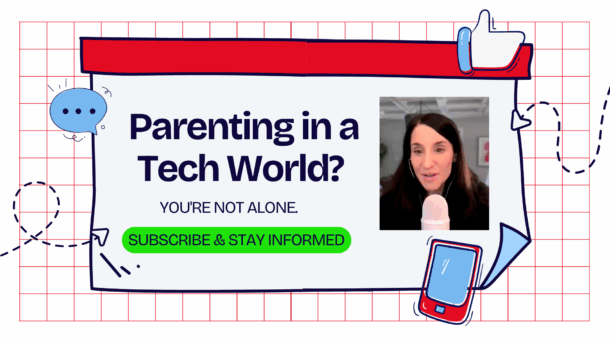In this powerful episode of the Screen Guardians Podcast, host Katie Longhauser sits down with Principal Christina Mehaffey of Faustina Academy—a leader courageous enough to ask the hard questions about tech, culture, and the emotional well-being of kids. What followed was a school-wide transformation that not only reshaped student behavior, but rewired an entire community’s mindset on how to raise children in a digital world.
If you’re a parent, educator, or community leader wondering “Is this just how it is now?”—this story will show you it doesn’t have to be.
Table of Contents
🎧 Listen to the Full Conversation here
(Or keep reading for highlights.)
✋ Creating a No-Social-Media Policy… and Keeping 100% Enrollment?
It may sound impossible—but that’s exactly what Christina Mehaffey and her team achieved. Faustina Academy implemented a bold no-social-media policy that applies to students year-round. That means:
- No TikTok
- No Instagram
- No Snapchat
- No social media accounts. Period.
Smartphone use? Reserved only for high school—and even then, not allowed on campus.
Sound radical? Christina says it wasn’t a top-down enforcement. Instead, it was a strategic collaboration with families built over years, emphasizing education, support, and the emotional, cognitive, and spiritual impact of social media on young minds.
🌱 Why They Made the Change
Principal Mehaffey described years of witnessing:
- A rise in lockstep student behavior tied to trends and screen content
- Problems with sleep, attention, and classroom engagement
- Addiction-like dependencies forming around devices and apps
- Emotional fallout: increased anxiety, comparison, and loss of authentic social connection
The final push? Learning that popular apps like TikTok and Snapchat are linked to explicit content platforms and are designed by persuasive tech engineers to trigger addictive dopamine loops in the brain.
🔗 Credible Sources:
- Massachusetts Unredacted Complaint Against TikTok (Feb 2025):
- Alleges TikTok uses “coercive design features” such as infinite scroll, autoplay, variable rewards, and push notifications designed to override young users’ self-regulation using addictive feedback loops.
- Refers to massive exposure of minors to sexually explicit and harmful content despite TikTok’s asserted safety protocols.
- Source: mass.gov official PDF
- Pew Research: Teens, Social Media and Technology 2023:
- Highlights that TikTok and similar platforms are among the most heavily used by adolescents, with many reporting “almost constant” usage.
- Source: pewresearch.org
- Stanford Medicine and neuroscience-based publications:
- Repeatedly confirm that social media platforms engage the same brain reward systems as gambling, utilizing persuasive UX to trigger repeated dopamine-driven engagement.
- Source: Stanford Medicine Insights
- U.S. Surgeon General Advisory (2023):
- Warns that “pitting adolescent willpower against the world’s greatest product designers isn’t a fair fight,” citing behavioral addiction risk through engineered algorithms.
- Source: Surgeon General’s Advisory on Social Media and Youth Mental Health
📈 Results That Speak for Themselves
Once parents and students committed, the outcomes were stunning:
- Elevated classroom culture: Respect, gratitude, and authentic conversation became the new normal.
- Increased engagement: Students became more present, more collaborative, and more involved in learning.
- No more locker-room talk: A measurable drop in crude jokes and inappropriate references.
- True friendships: Without status updates or filtered selfies, students began forming real connections.
Even students who were hesitant at first came back later to say:
“Getting off social media made me a better person.”

👨👩👧👦 Supporting Parents Through the Journey
This transformation wasn’t born from enforcement—but from education and collective action:
- Age-specific parent meetings
- Screens & brain development presentations
- Guest speakers like Chris McKenna (Protect Young Eyes) and Jason Evert
- Mandatory agreements to uphold shared values
It’s proof that when the whole community gets aligned—the impossible becomes reality.
🧠 What This Means for All Parents
You don’t have to lead a school to create change. You can start in your home. As Principal Mehaffey reminded us:
“We don’t want to set our kids up for addiction. We want to give them a chance at freedom—freedom from comparison, pressure, and digital dependence.”
⚙️ Ready to Start? Download Our Free Parent Starter Course
If you’re wondering how to start the conversation with your kids… how to set limits without a fight… or what apps expose your child to risk — we’ve got exactly what you need.
🎁 Download our FREE Parent Starter Course:
👉 kidsdigitalhealthhub.com/kids-digital-health-guide/
Inside you’ll get:
- Simple, science-based screen safety strategies
- Brain and behavior insights
- Age-appropriate conversation starters
- A customizable Screen Safety Plan for your family
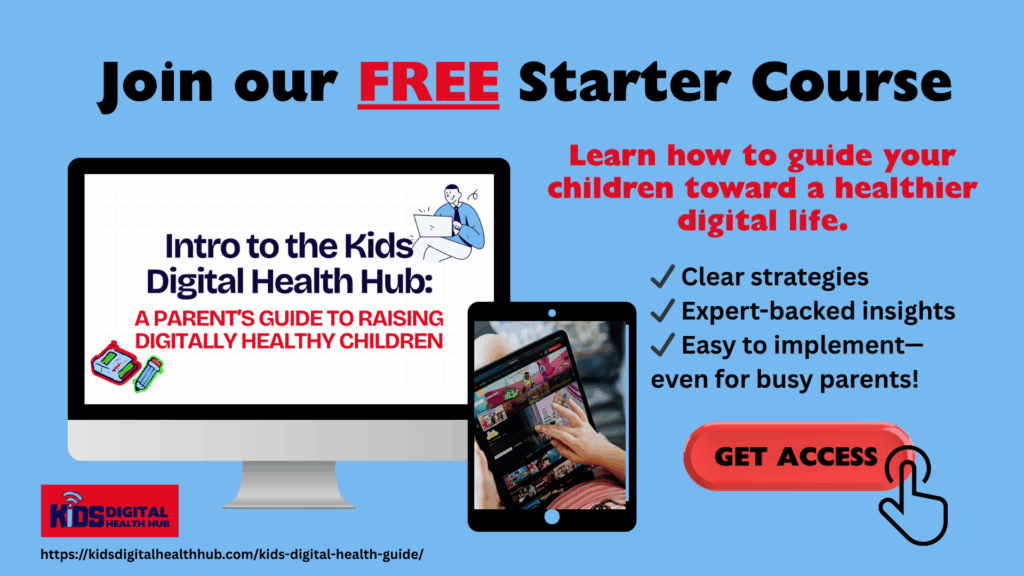
You don’t need to go it alone—and you’re not too late.
It’s never just about the screen. It’s about the person behind it—and the future we’re building for them. ❤️
Join thousands of families starting fresh.
Download the free guide →
